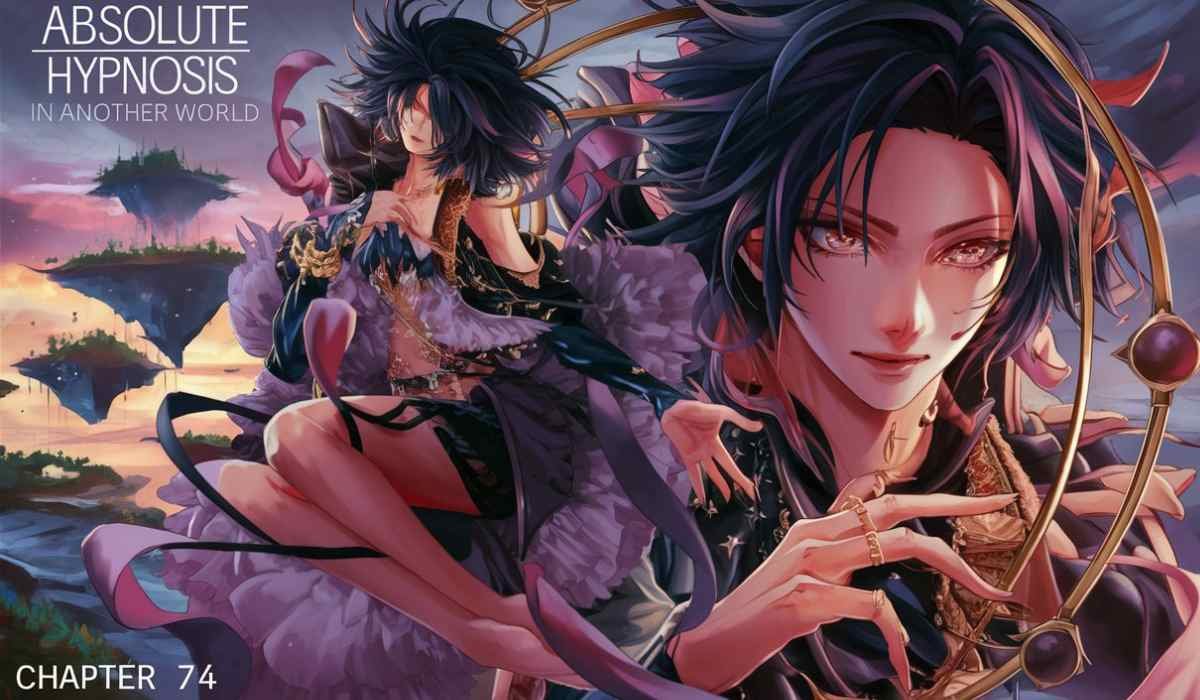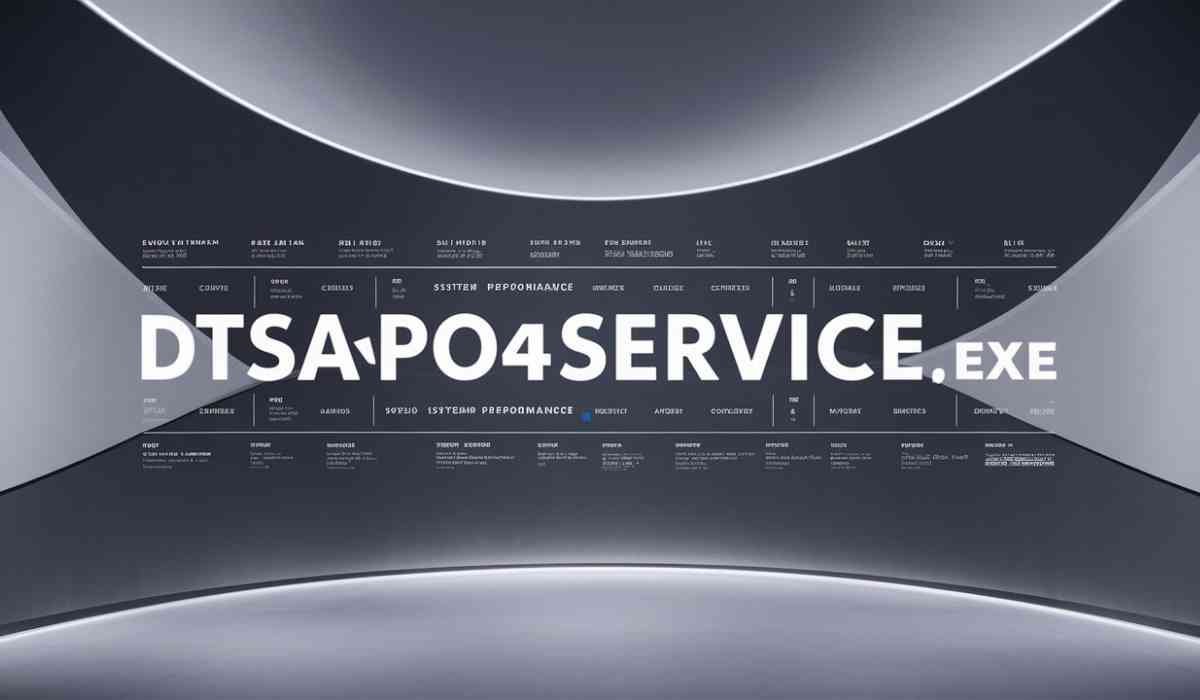In the cosmos, John Williams’ music is as well-known as the force that binds the universe together or the lightsabers that hum across the galaxy. When we imagine Star Wars, we not only imagine the grand conflicts or the complex narratives of Jedi and Sith. We listen to the rising strings of the opening sequence, the grand brass of the Rebel theme, and the haunting murmurs of the Imperial March. How did John Williams develop such a significant and enduring musical legacy for Star Wars?
The Influence of Music
John Williams was already an established composer before Star Wars became a thing. His number of works, specifically films like Jaws and Close Encounters of the Third Kind, constitutes the masterwork. But it would be his collaboration with George Lucas on Star Wars that would change not only Williams but also the strategy of movies as a whole. Williams’ soundtrack was not merely background music; it was a narrative force in and of itself, elevating the emotional stakes of the story and the scope of the world.
The Famous Opening Notes
The main theme of Star Wars reverberates in listeners’ ears as if the galaxy is calling everyone. The evocative strings and the powerful brass section evoke a sense of heroism, adventure, and intrigue. It’s a tune that seems capable of scoring the most valiant conflict while also embodying a feeling of eternity. With just a few notes, Williams captured the full essence of the saga.
Scores For the Force
One of the most remarkable features of Williams’ score might be his talent for conveying abstract ideas such as the Force through music. In The Force Theme, a spectral and enchanting tune, Williams connects with the elusive essence of the Force. The theme is consistently employed in the series to highlight instances of connection with the Force—be it Luke’s discovery of his abilities, Obi-Wan’s mentorship, or the redemption of Darth Vader.
The Music For Epic Battles
Any commentary on Williams’ Star Wars music would be lacking if it didn’t mention the grand battle scenes that are accompanied by his intense scores. From the exhilarating dogfights in the air over the Death Star to the lightsaber clashes between Jedi and Sith, Williams’ music enhances the stakes and increases the intensity of every confrontation. For example, the music for the Battle of Hoth in The Empire Strikes Back heightens the immediacy and magnitude of the conflict, merging grand orchestral segments with the booming noises of warfare, serving as an essential component in conveying the emotional depth of the clash.
Character Themes: Musical Identity
One of the unique techniques that William used was the creation of scores for significant characters that represent their traits, fate, or alignment. These repeated motifs act as musical shorthand for the audience, aiding in the reinforcement of the characters’ emotions and journeys.
- Darth Vader’s Theme:
Darth Vader’s theme, or the Imperial March theme, is one of the most renowned themes in Star Wars history. Vader’s strength and fear are conveyed by the thumping beat and menacing, resonant brass. In addition, the repetition of this theme across the series acts as a persistent reminder of Vader’s looming influence and his unavoidable role in the destiny of the galaxy.
- Princess Leia’s Theme:
For Princess Leia Organa, a light and tender theme was made to reflect her courage and heroic personality. The theme associated with her was more often heard during the calm moments. When the scene was quiet, the theme played and wonderfully revealed the inner strength of Princess Leia and her resilience towards the dark side of the Force.
- Luke Skywalker’s Theme
This is one of the most memorable. It’s a hopeful and soaring melody that perfectly matches his journey from a farm boy to the hero of the Rebellion. The theme feels both youthful and earnest, giving us a sense of Luke’s idealism and his quest for something greater. As Luke grows in wisdom and power, his theme evolves, but it retains its fundamental sense of hope and courage.
- Yoda’s Theme:
With its enchanting and somewhat playful essence, this theme encapsulates the Jedi Master’s insight and bond with the Force. The theme conveys a sense of calm and intrigue, highlighting Yoda’s eternal essence and his vast strength.
Conclusion
Star Wars is more than a visual experience; it represents a musical adventure, integral to the saga as the characters are. The music used in the saga has gone beyond the films and established a benchmark for how composers can utilize the scores to enhance the narrative of their films.
Next time you listen to the Star Wars theme, whether at the cinema or in your home, take a moment to admire the genius of John Williams’ music. It exemplifies the influence of music in narrative, and its significance in the Star Wars saga is truly legendary.









